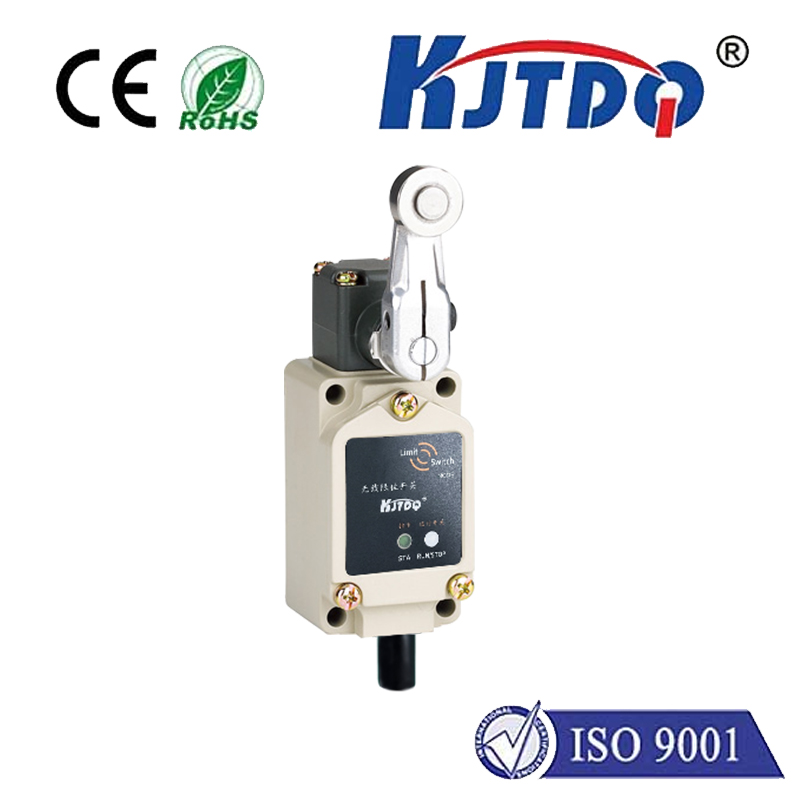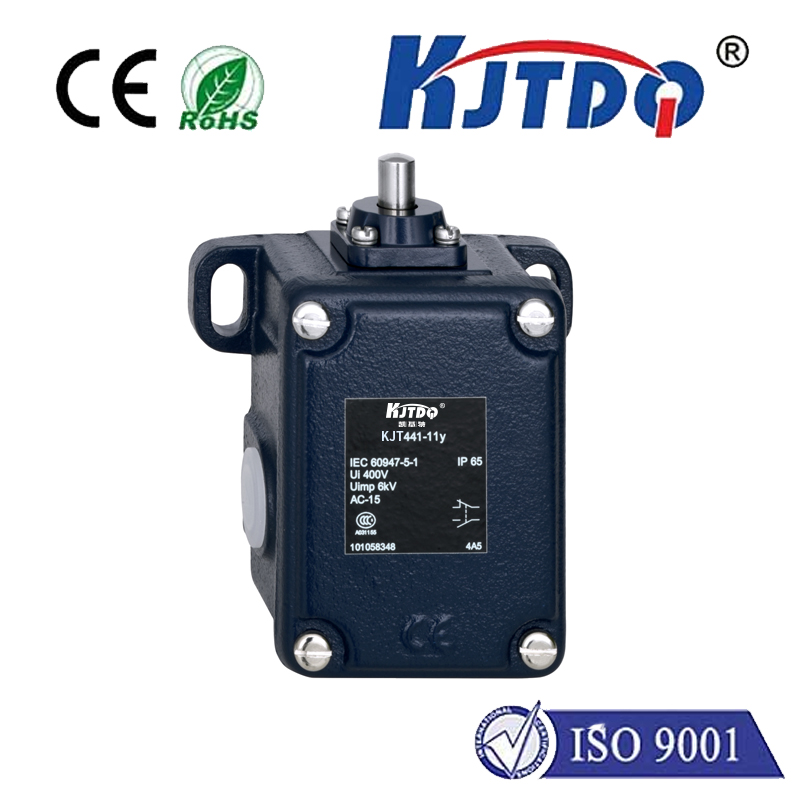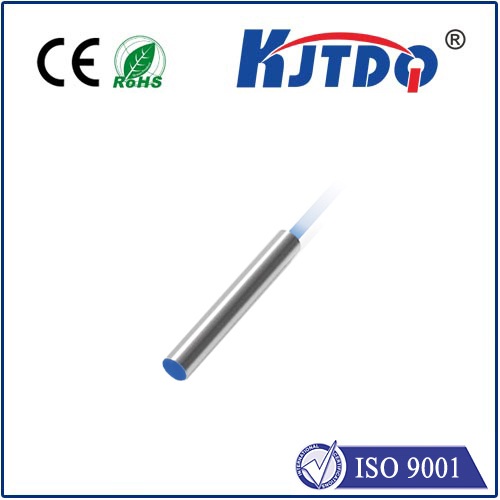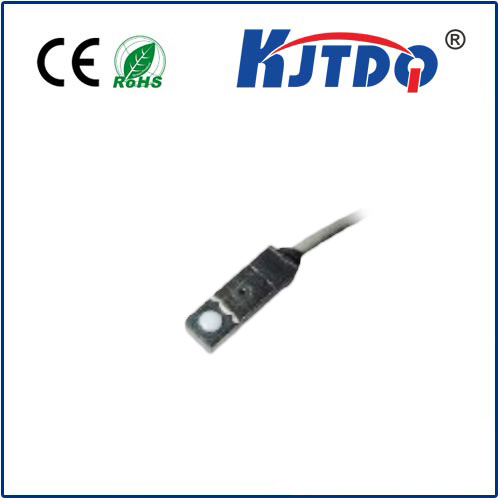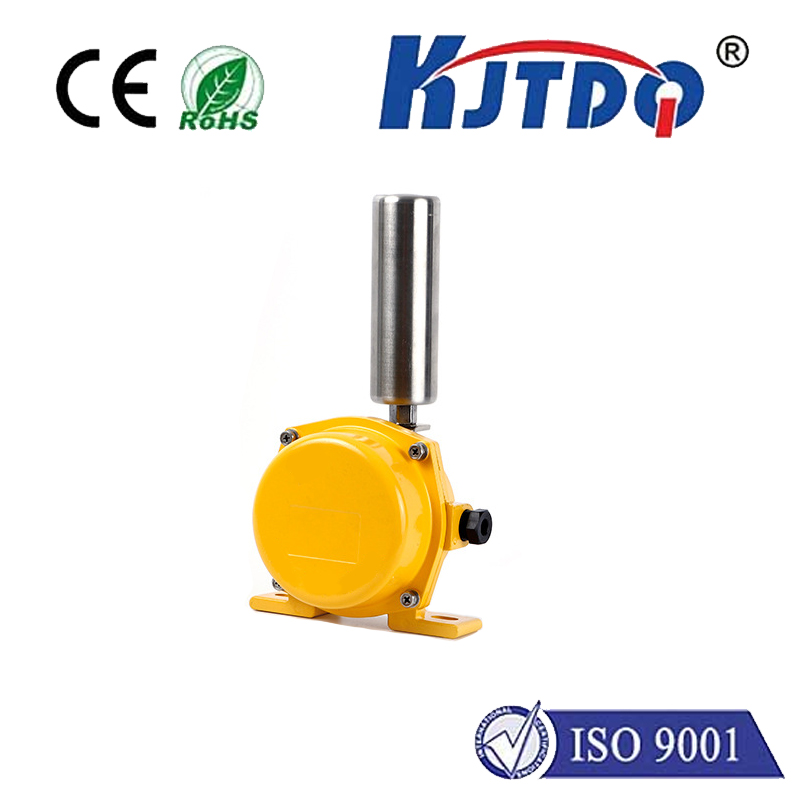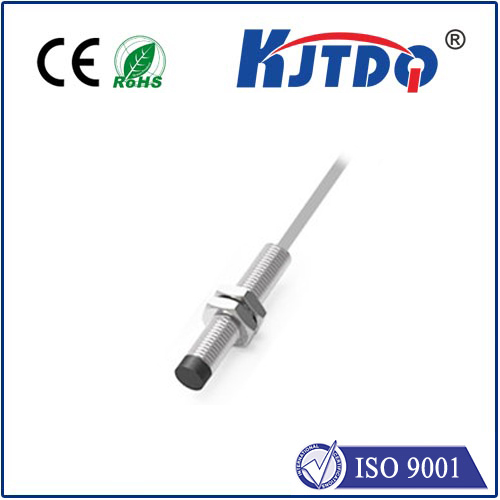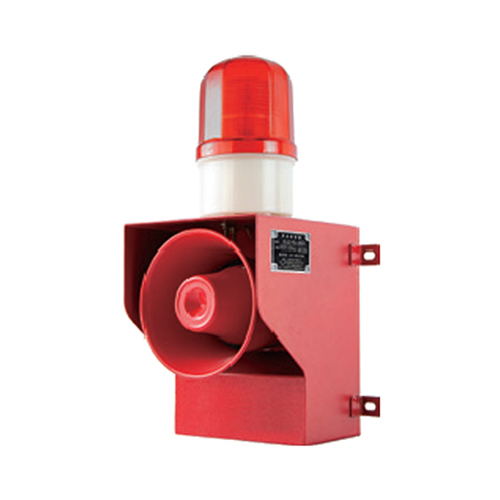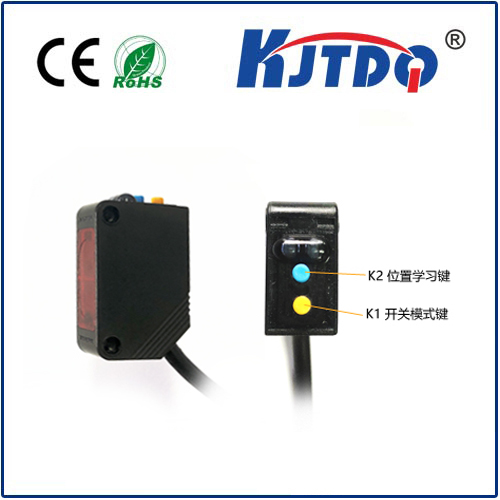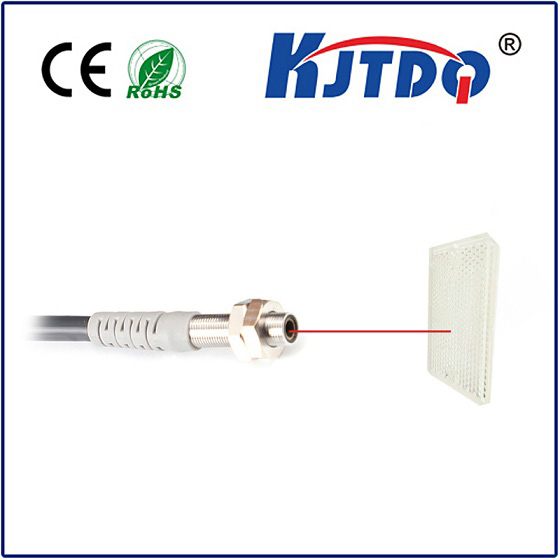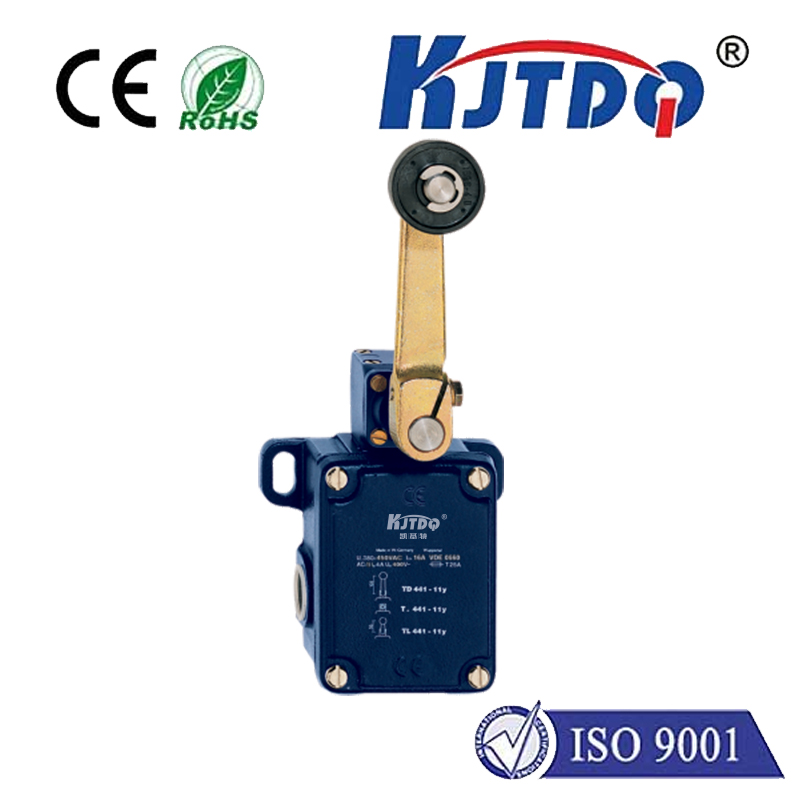

check

check

check

check

check

check

check

check

check

check
Photoelectric Color Sensor: Revolutionizing Color Technology
Color is an essential aspect of our daily lives, from the clothes we wear to the food we eat. However, accurately detecting and measuring color has always been a challenge for scientists and engineers. This is where photoelectric color sensors come into play, revolutionizing the way we perceive and use color in various industries.
A photoelectric color sensor is a device that converts light energy into electrical signals, which can then be analyzed to determine the color of an object or substance. These sensors are based on the principle of photoelectric effect, where electrons are released from a material when exposed to light. By measuring the amount of electrons released and their energy levels, the sensor can accurately determine the color of the object being measured.

One of the main advantages of photoelectric color sensors is their ability to provide consistent and reliable results. Unlike human perception, which can be influenced by factors such as lighting conditions and individual biases, these sensors produce objective measurements that can be easily replicated and compared across different environments and applications.
In the manufacturing industry, photoelectric color sensors are used to ensure quality control during production processes. For example, they can be used to check the color consistency of paint coatings on cars or plastic packaging materials. In the textile industry, these sensors are employed to monitor the colorfastness of dyed fabrics, ensuring that the colors remain vibrant and true even after multiple wash cycles.
Photoelectric color sensors also have numerous applications in the field of medicine. They can be used to analyze blood samples for diagnostic purposes, such as detecting certain diseases or monitoring medication levels. In addition, they play a crucial role in the development of new medical technologies, such as non-invasive glucose monitoring devices for diabetes patients.
The agricultural sector also benefits from the use of photoelectric color sensors. These sensors can be used to assess the ripeness of fruits and vegetables, helping farmers make informed decisions about harvesting times. They can also aid in identifying crop diseases at early stages, allowing for timely intervention and minimizing losses.
The entertainment industry is not left behind either, with photoelectric color sensors being used in film production to ensure accurate color matching and grading during post-processing. This helps create visually appealing movies and television shows that captivate audiences worldwide.
In conclusion, photoelectric color sensors have revolutionized the way we perceive and utilize color across various industries. Their consistent and reliable results make them an invaluable tool for quality control, medical diagnostics, agriculture, and entertainment. As technology continues to advance, it is likely that we will see even more innovative applications of these sensors in the future.
